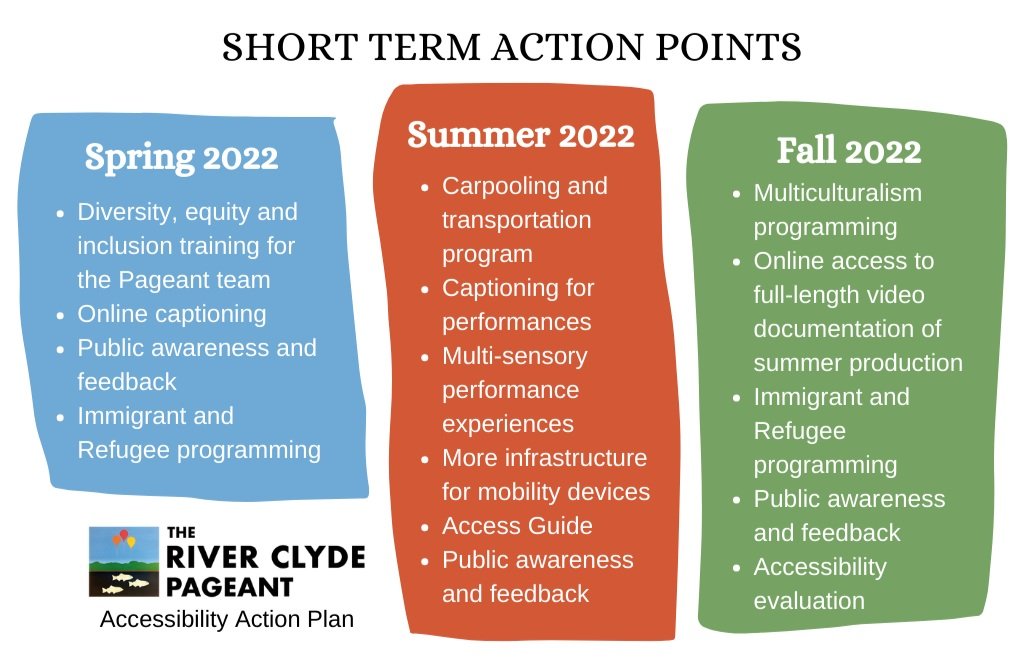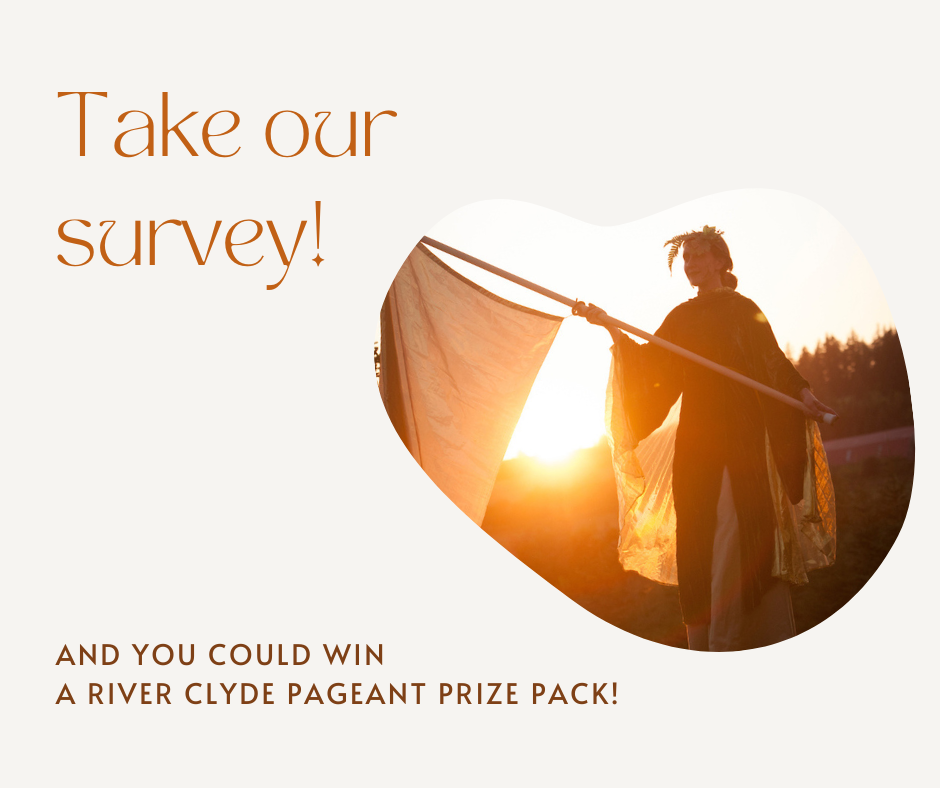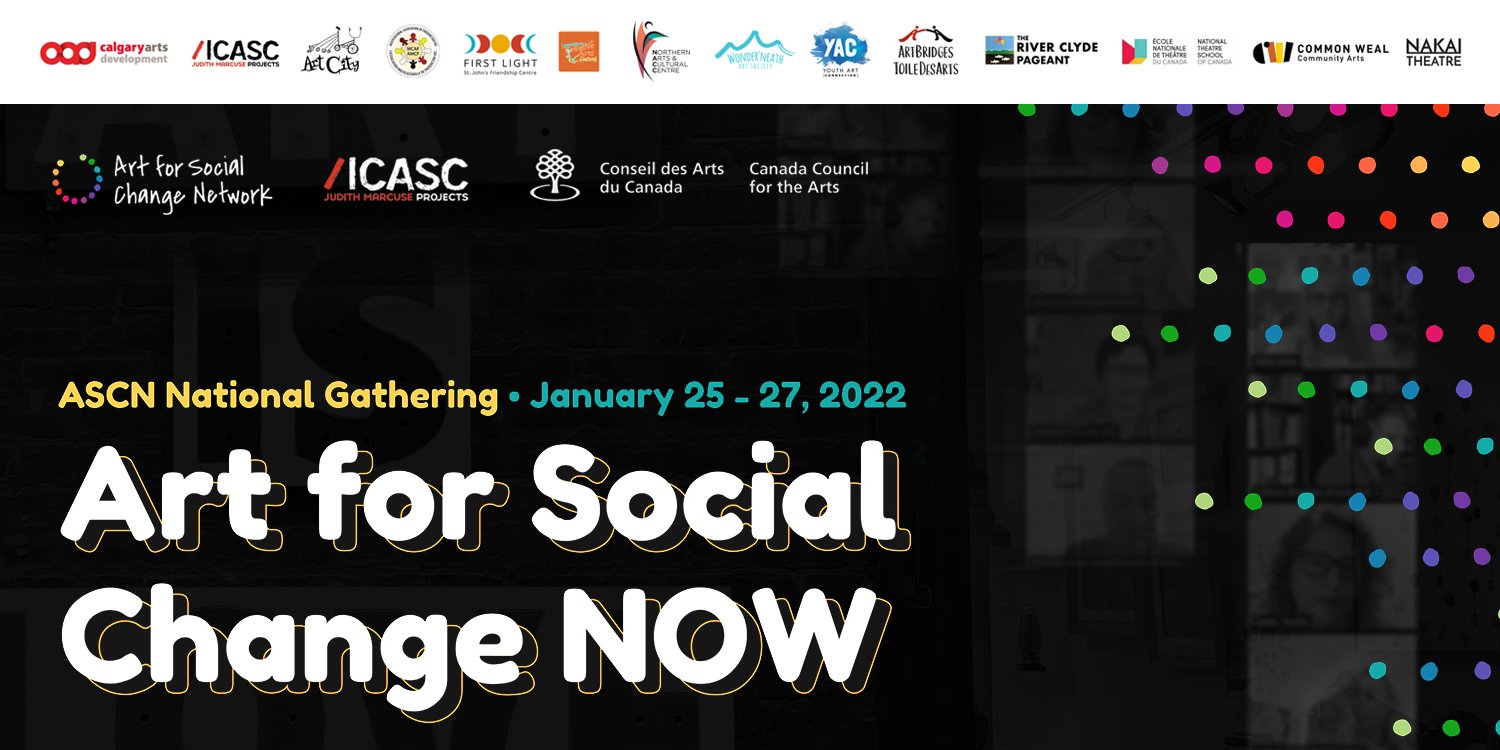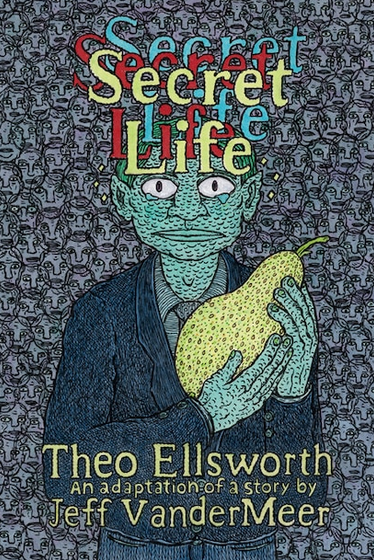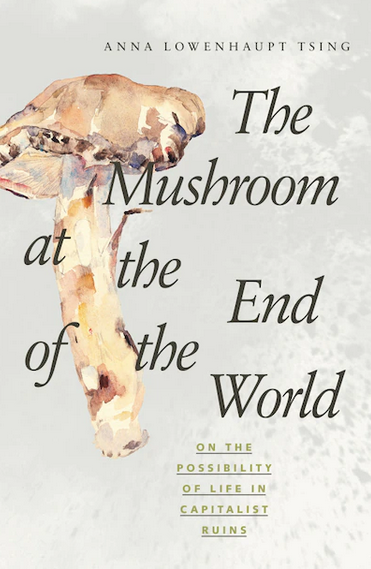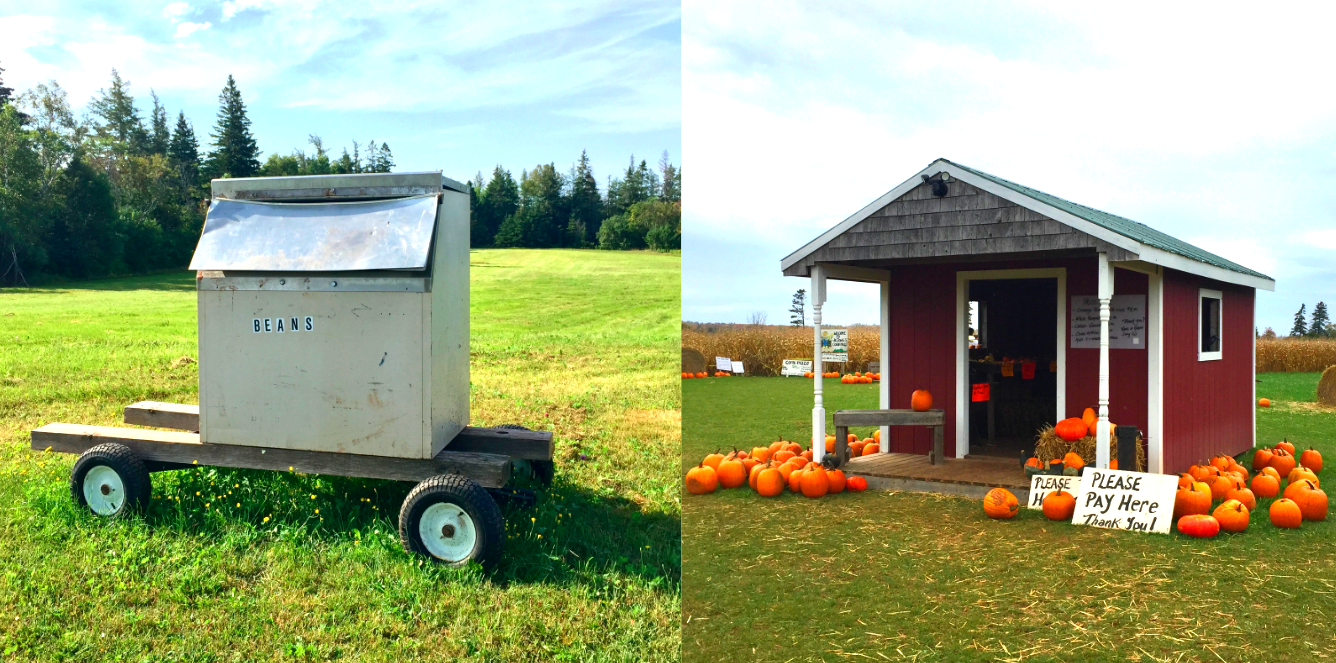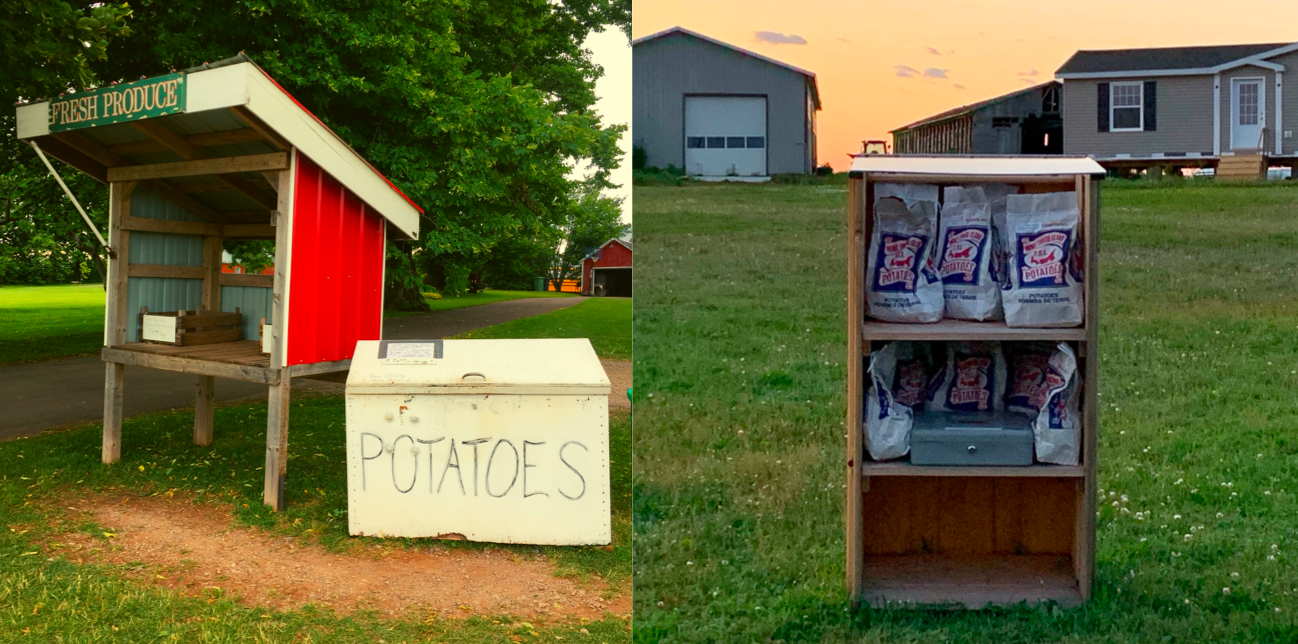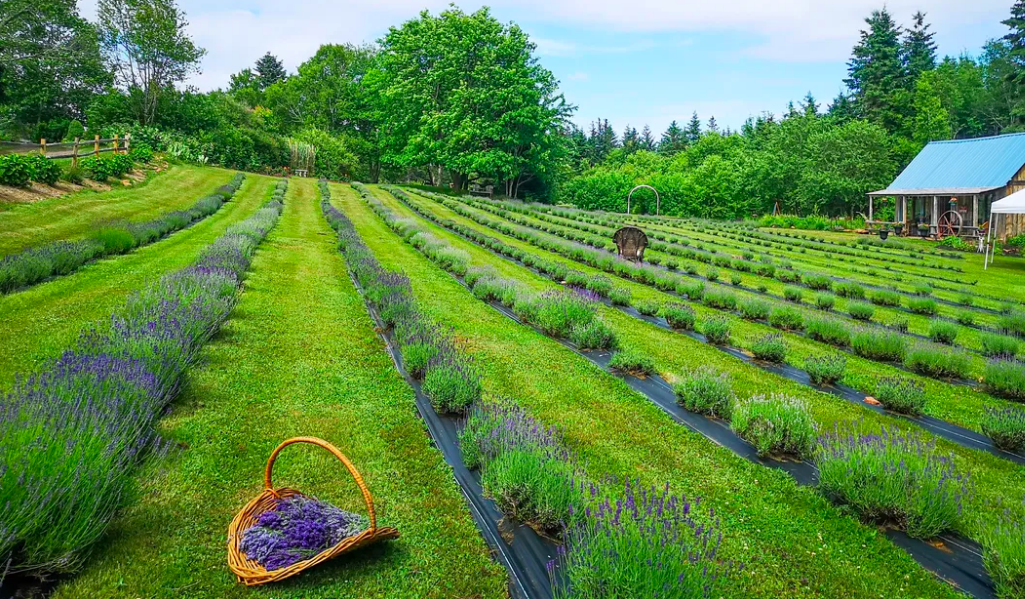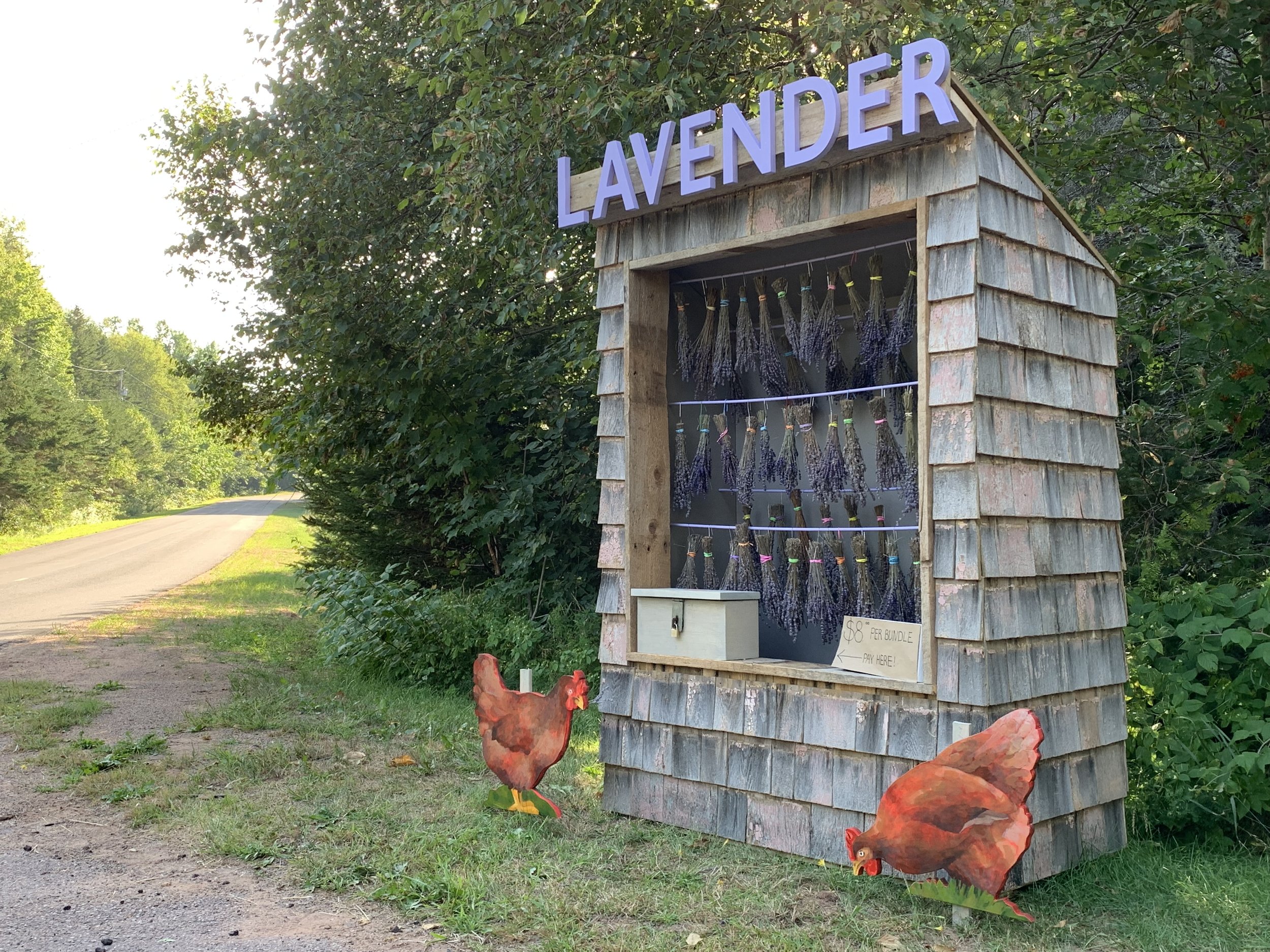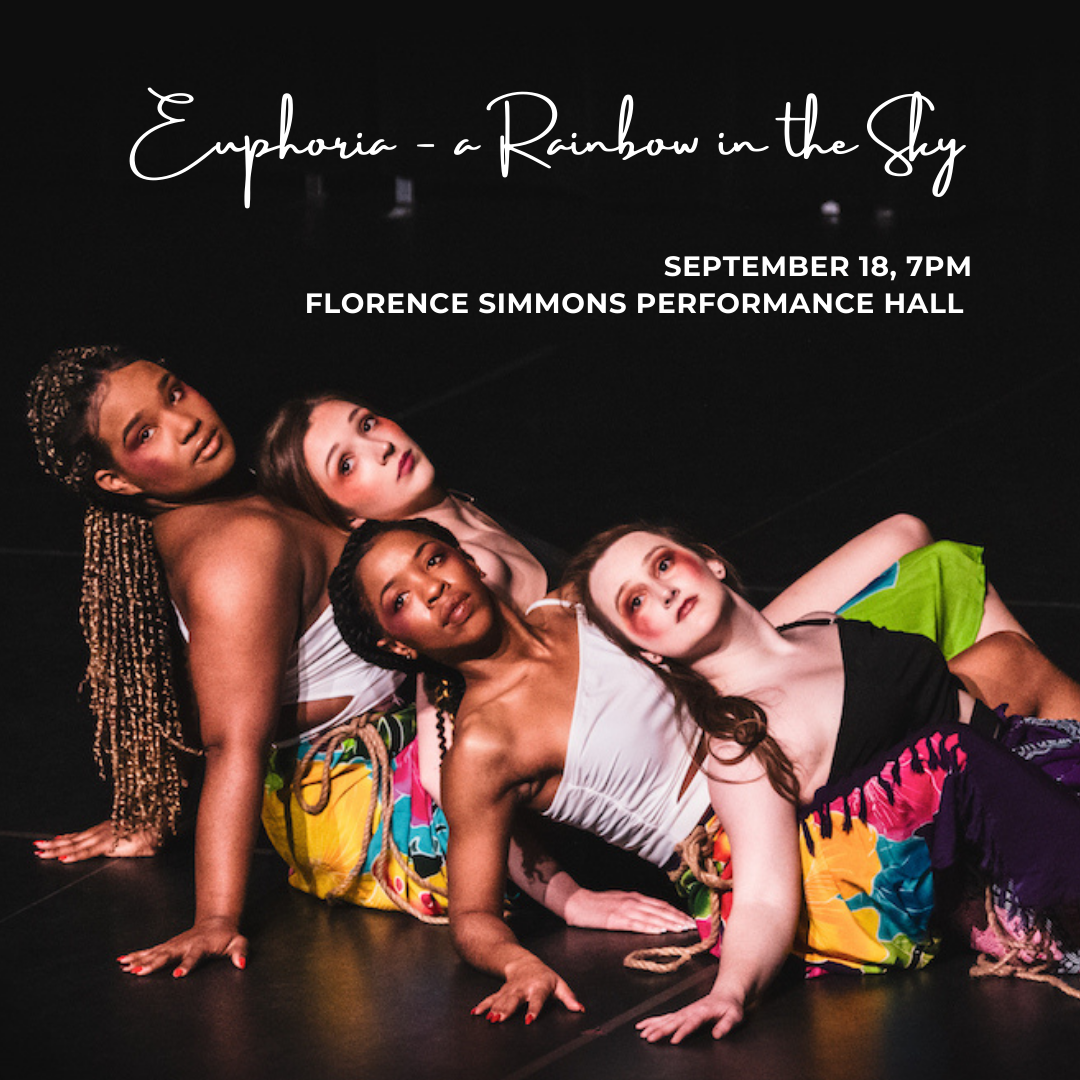Managing Producer
$25-27/hour, depending on experience, 20-30 hours per week.
6-month position running April through September 2022 with possibility to extend.
The River Clyde Pageant is looking for a Managing Producer to join our collaborative team for our 2022 summer and early fall season.
POSITION DETAILS
The Managing Producer works closely with the Artistic Director and Head of Production on project management, administration, fundraising and outreach for The 2022 River Clyde Pageant and the 2022 edition of Sharing the Field. Assisting with the advancement of projects connected to our strategic priorities and accessibility action plan is another aspect of the position. We work collaboratively, and are seeking a candidate who is a team player and is passionate about the arts, creativity and community engagement.
Ideally, candidates would be based in Prince Edward Island, though we will consider applicants based in other Canadian provinces/territories. The employee will have access to a shared office space or can choose to work remotely. Hours are flexible. This is a six-month position, with a possibility to extend the contract through December 2022 and beyond if funding allows. Deadline to apply is Monday, April 4, 11:59pm.
The River Clyde Pageant welcomes applications from individuals who identify as Indigenous, Black, a person of colour, 2SLGBTQ+ or who identify as a member of other underrepresented groups.
KEY RESPONSIBILITIES
Producing
Project management and co-producing The River Clyde Pageant’s main summer production (RCP 2022) and fall harvest festival in collaboration with Core Team and staff, including:
Creating schedules and contracts, designing work-back plans/critical paths, assisting with box office management, volunteer management, and community outreach efforts
Collaborate with the Artistic Director (AD) and Board to develop and implement a strategy for fundraising & sponsorship for 2022 season
Collaborate with the AD, Board and Core Team to develop and implement an evaluation process for 2022 season
Help steward relationships with stakeholders including donors, sponsors, community partners, mentors, mentees and volunteers.
Administration
In collaboration with the AD, prepare and write grant applications, interim and final reports for government & private sector funders
Identify new opportunities for grants and fundraising, with an emphasis on diversifying revenue sources
Maintain systems for tracking and follow up with donors and funders
In collaboration with the AD, manage contractors and staff working in administrative and production roles (communications, box office, volunteers, etc.).
Assist with day-to-day operations of the company; help improve and maintain systems for bookkeeping and filing
Organizational Development & Planning
In collaboration with the AD, Core Team and Board of Directors, co-design and implement projects aligned with RCP’s Strategic Plan and Accessibility Action Plan
Assist with the development and updating of policies and procedures as needed for administrative areas, with the AD and Board of Directors
Participate in monthly meetings with the board of directors as needed, preparing and delivering reports to the board on relevant activities as needed
QUALIFICATIONS
Strong interest in the arts and community engagement
Experience working for a non-profit organization, either within the arts or another sector, in a staff or board capacity
Excellent organizational skills: managing critical paths, creating timelines, maintaining schedules, documenting/archiving materials, proofreading copy with efficiency and attention to detail
Experience managing small teams, and supporting staff and/or volunteers
Strong collaborative spirit and dedication to co-creating a positive work environment for everyone
Experience creating and managing budgets, with an understanding of basic accounting procedures
Success in writing arts grants/funding proposals and familiarity with provincial and national arts funders, private foundations and other funding programs
Strong interpersonal skills. Comfortable working with a variety of people including funding representatives, artists, volunteers, board members, current and potential donors, small business owners and community groups with a commitment to building respectful relationships.
Flexible, creative problem solver who can plan ahead, anticipate potential problems/outcomes, and adapt to changing circumstances with ease
Drivers license is an asset.
Must be comfortable using:
Microsoft Office Suite, Zoom, and Google Products: Google Drive, Google Docs, Google Sheets and Gmail primarily.
HOW TO APPLY:
Send a cover letter and resume clearly outlining your skills and relevant experience to Artistic Director Megan Stewart at: riverclydepageant@gmail.com , with “Communications Coordinator” in the subject line. Any questions about the position may also be sent to the AD at the above address.
Deadline to apply is Monday, April 4, 11:59pm
We thank everyone who applies, but only candidates selected for an interview will be contacted.

